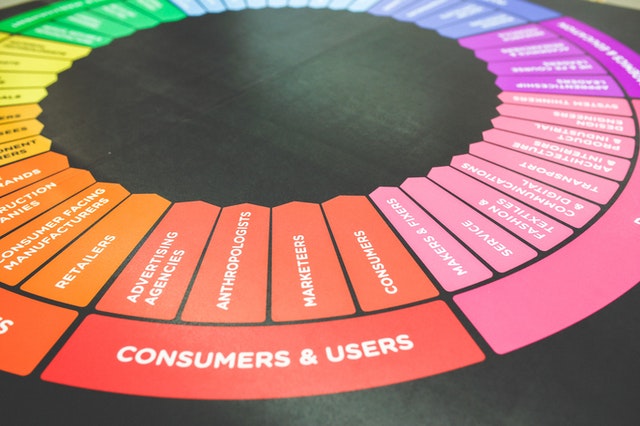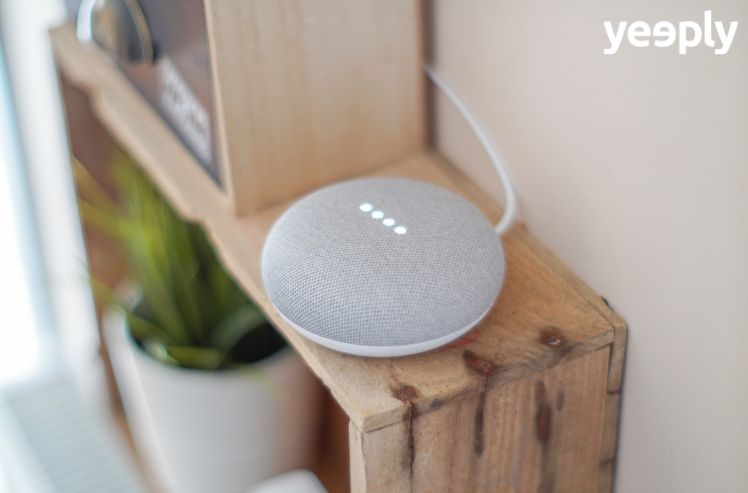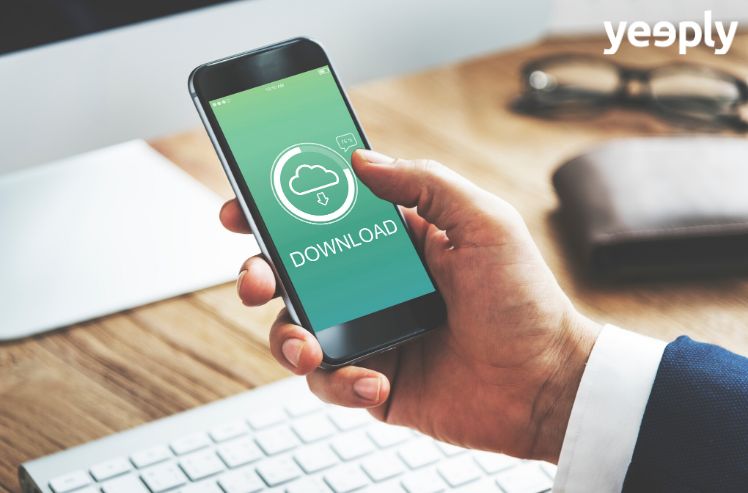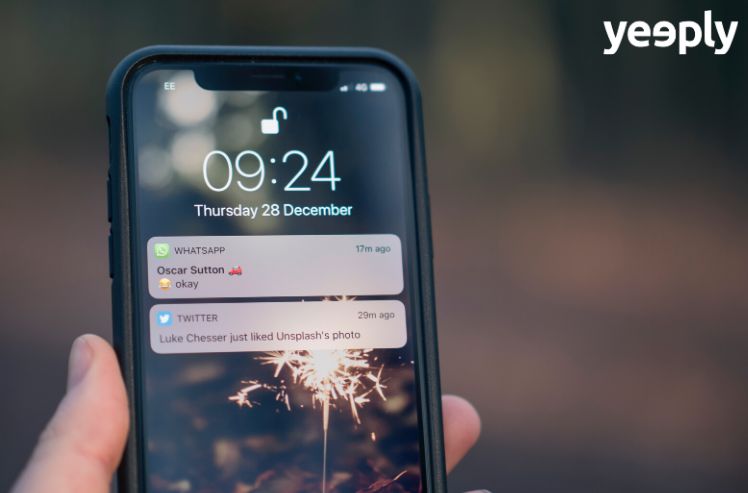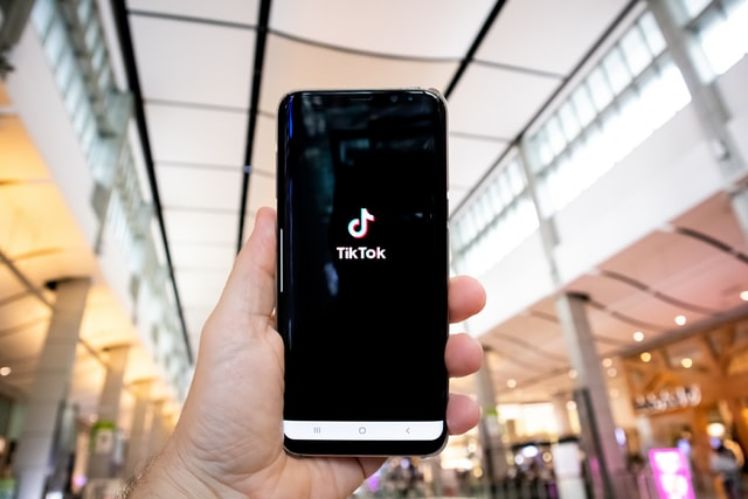It will not be the first time you hear this from us; you must have a mobile app marketing strategy prepared to promote your app before releasing it to the markets. This is key to obtaining downloads and loyal users and to get maximum return on our app and application development investment.
However, the cost of an app is high and in order to break even you will often need to monetize the app, ie, to make a return on investment of the application development process. This is not easy or quick, it is laborious work but the results are long term and well worth it. However, we can talk about the fastest way to get some revenue from apps and about monetizing application development. We have several mobile marketing strategies to achieve this.
Monetizing free app downloads
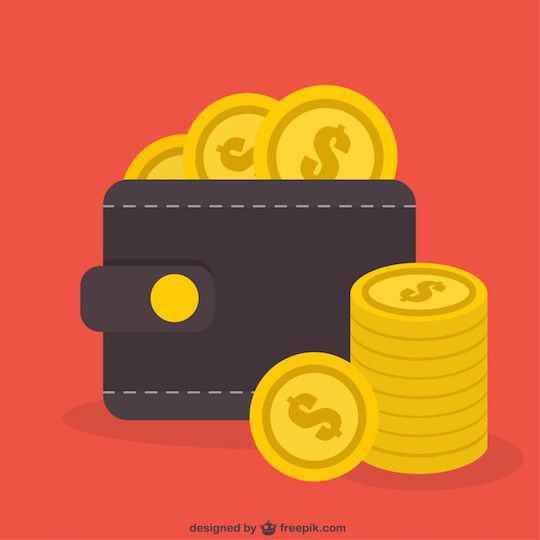
Apps free with inApp purchases
This first model refers to the app development projects that are free to download. Although the initial download of the app is free, if there is a possibility of monetizing the app from shopping embedded in the application, also known as App Purchase or inApp payment.
This is very handy in the case of mobile games. For example, play can be free: but to get accessories that will make your character better or you will be overcome payment screens faster. This can be very profitable in cases where the user is very loyal.
In the case of traditional mobile application development we find that this monetization model is widely used by digital media; you get certain less detailed information for free but to access more extensive content you have to pay the price of the journalistic piece.
Free apps with in-app advertising
Another similar case is that full use of the app is free, but in exchange for that free use it includes small banner ads embedded in the app.
Another version of this is that you include pop up ads within the application every few minutes of use. The owner of the app, after completing the application development process decides to include ads to monetize the app, and a small amount of money is received, called the cost per click, this is received every time the user of the app clicks (or taps) on that advertising.
Freemium model Apps
This monetization model of application development was a strategy that was very strong during 2013 and part of 2014. It became widespread due to free downloads but high chances of the premium version being purchased because the features are limited in the free version.
For example this model was used a lot by managers of social networks and community managers that typically manage many accounts with a single tool. These apps are good examples of this type of monetization strategy in application development, they offer to add one account in the free version, for example, and charge a premium subscription to add more.
Free trial apps
Obviously the same model is sometimes used in web tools. In the case of app development we seek to promote the app with free trials. That is, the app is a free download and the user has a limited time period of use and enjoyment of it, one month or 15 days for example.
It is a way to whet the appetite of the user to get them to pay for the mobile application that they have already started enjoying. This is a method rarely seen in monetization of mobile app development. Rather than being available in this way directly from the market, often marketeers will direct these promotions to users or customers in specific promotion campaigns.
Monetizing apps with pay per download
Applications requiring micropayments to download apps from markets are usually monetized quite simply with those micropayments. However in order to cover the initial investment for app development you will need thousands of downloads, especially if we put them at a reasonable price.
This micropayment will go towards maintaining the service offered. Then you must ask, whether your application really worth paying for. Note that users are not usually inclined to pay for downloading apps unless they know beforehand that it will be a good product. Plus it’s easier to be profitable this way from iOS devices than Android, since in the Play Store there are many more apps and they are generally free.
Other benefits of developing apps
However there are totally free mobile applications that do not have an interest in montizing themselves because the firm itself has a high income already and simply wants to be present in the mobile world. This may be the case of large brands such as mobile games or apps branding that want to strengthen their brand in the mobile sector.
The benefit therefore can be non-financial, if not immaterial. For example, a customer app, a communication app to connect with the potential customer, or to publicize the company, without needing to be an m-commerce.
Or even more if it is a shopping channel, nothing extra will be charged for monetizing it, but it aims to increase sales and visits to the online store, either web or app. It always depends on the type of return on investment in apps we are looking for.
You might be interested | What Are The Best Mobile App Marketing Strategies? [2020]
Tips for monetizing app development
- Adjust prices to changes in VAT. Remember that recently an Amazon tax was introduced in Spain and you must adjust your prices to this new European legislation. The VAT will depend on the user that downloads the app, not the country they are living in when they buy the app.
- Adjust the model to the type of app. Not all apps work with the same monetization strategies, just as not all application developments are worth the same. You’ll have to choose the monetization strategy based on the type of mobile application that you offer.
- Charge for features that are really worthwhile. As I have already said, don’t charge for features already offered for free in other apps. Your user will feel ripped off! You should charge for an exclusive app, to offer that something that your competition does not offer.
- Mark different objectives for the app than for the web. Remember what the objective of the app is and remember it need not be the same as the web. In the case of games or apps that exist only in mobile form this an obvious statement because it does not exist on the web. But for example in online businesses it may be that the target of the web is to achieve more sales while using app you want to get a greater interaction and content sharing socially, even if mobile purchases are still in the process of normalization.



